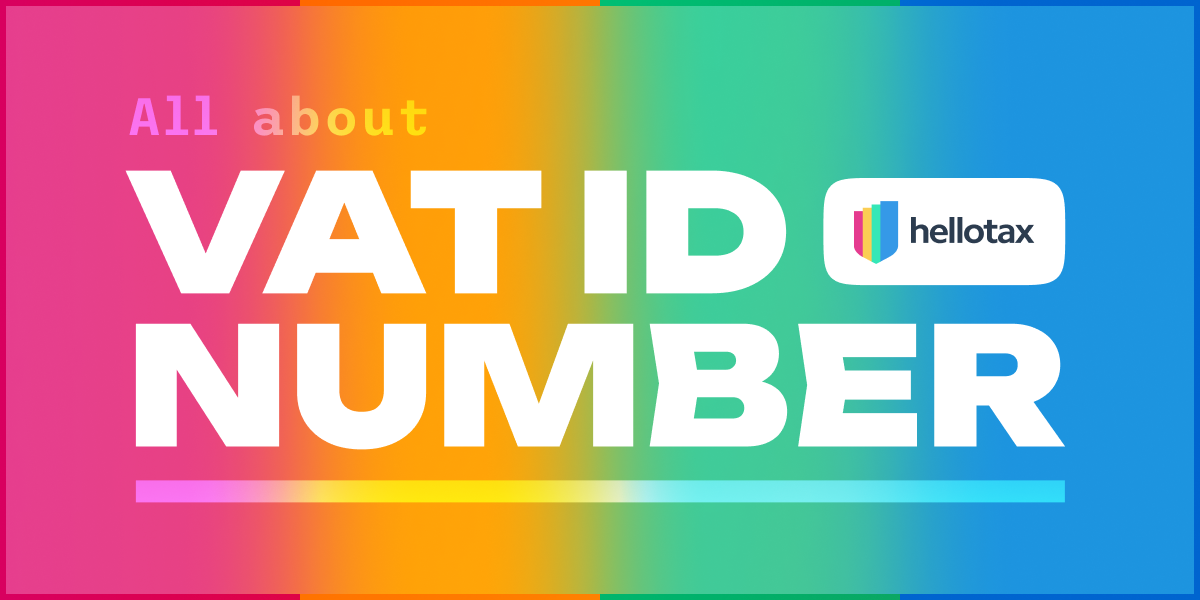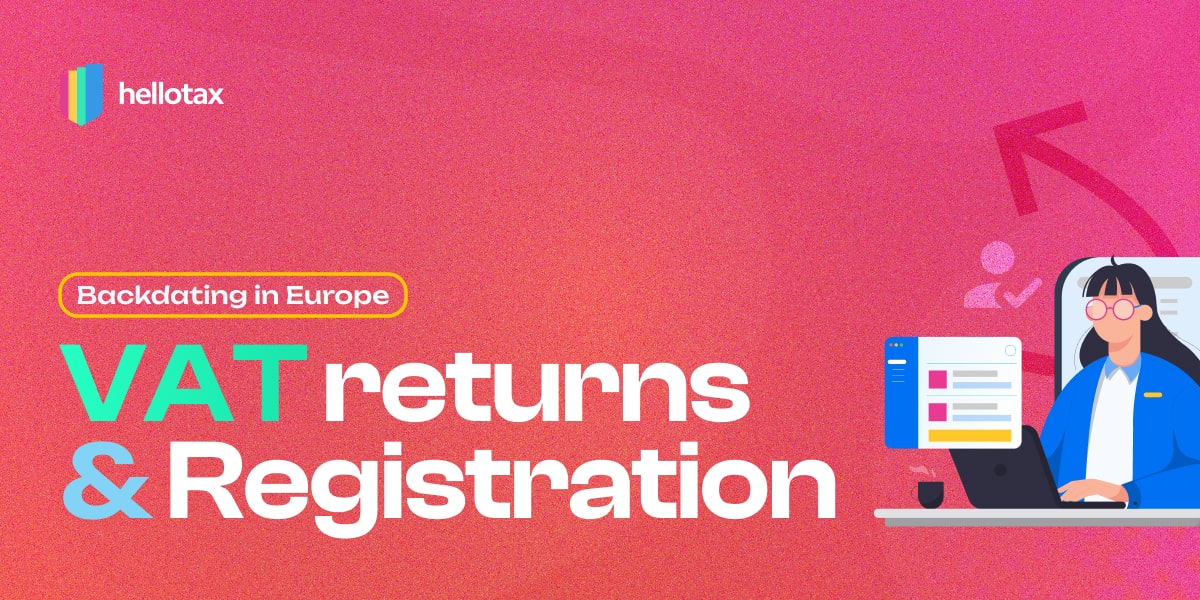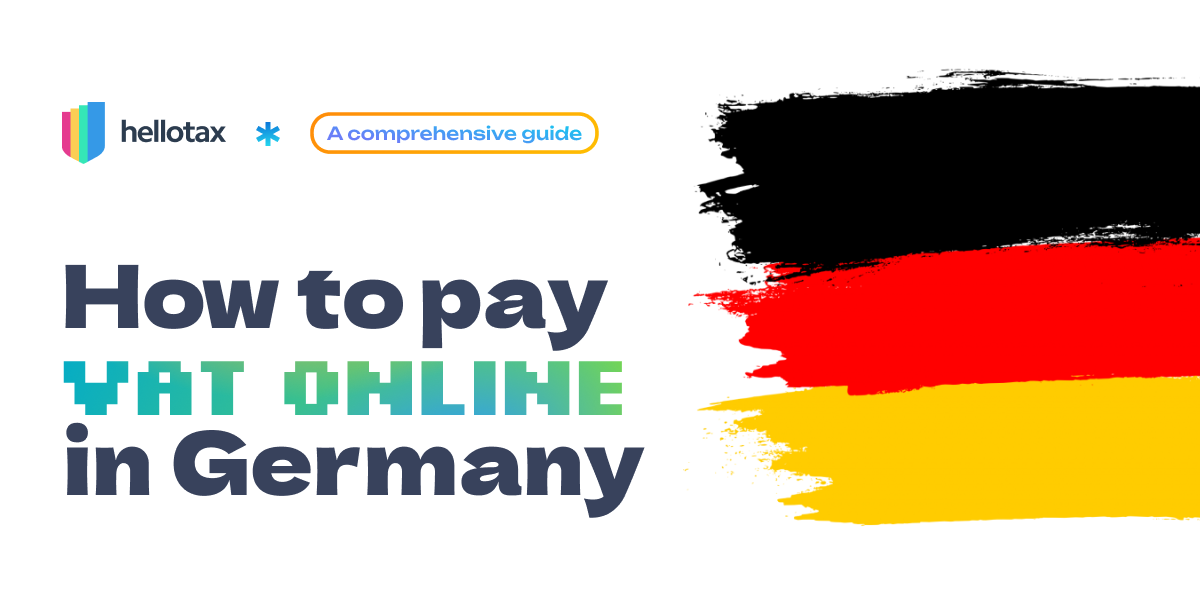Please check our latest article on dropshipping.
Antonia Klatt
Last Updated on 27 December 2023The dropshipping business model has a number of interesting advantages that make it attractive even for beginners with little capital and experience. Many dream of generating a nice extra income without much effort. Nevertheless, every newcomer should deal intensively with the topic of VAT, because some pitfalls can lurk. We give an overview.

How does dropshipping work? What is there to consider for tax-wise?
Dropshipping is often referred to as a particularly easy form of e-commerce, as it eliminates some of the risks online sellers typically face. The goods remain with the producer or major supplier until the order is placed and are then sent directly to the customer. It does not have to be bought or stored in advance. The online retailer derives its margin from the difference between the purchase price and the selling price. With regard to taxation, there are some peculiarities. Especially when deliveries are made to several different countries, certain regulations should be observed and weighed up in advance.
In order to be able to enter the dropshipping business in Germany, a business must be registered. This can easily be done at the responsible trade office at the company’s headquarters. Depending on the federal state, the fee for issuing a trade license is between 15 and 60 euros.

Book a free consultation
Our VAT experts are happy to help you. Book a free consultation today!
Dropshipping business model: what are the advantages?
The advantages of the business model are obvious – especially for newcomers to e-commerce:
- You hardly need any capital: The goods do not have to be purchased in advance, nor are there any costs for warehousing and management. You will only purchase the products once they have actually been ordered.
- This type of order processing also simplifies your bookkeeping, since, for example, outgoing and incoming payments are close together.
- At least in the development phase, there is the possibility of running the company part-time. This also reduces the private risk.
The dropshipping model therefore gains in appeal on the one hand because of the reduced risk and on the other hand because a large part of the work that is not directly related to the sale is eliminated. The online retailer saves on activities such as inventory management, logistics or shipping. However, this brings other areas into focus, the smooth running of which is all the more important for the success of the entire company:
- Reliability of suppliers: If you don’t have your own stock, you can’t cushion delays.
- Efficient and well-chosen range that results in few returns.
- Good marketing and strong customer service.
Dropshipping: Which tax regulations play a role for the business?
As for all taxpayers, there is an income tax allowance for dropshipping entrepreneurs, which is 9,984 euros in 2022. Taxes are therefore only incurred for the amounts above this. It is important, however, that all types of income are added up here: If, for example, you still draw a regular salary, your taxable income will also be increased by the income from your online shop.
Small business regulation
If your company generates annual sales of less than 22,000 euros (or less than 50,000 euros in the current financial year), you can make use of the small business regulation. This simplifies the bookkeeping: Instead of a time-consuming accounting, an income surplus calculation is sufficient. In addition, you do not have to pay any VAT.
Income tax
Income tax is subject to tax progression, i.e. it is calculated according to the amount of your income: if you earn little, your tax rate is also low. As your income increases, so does the tax rate. In your annual tax return, you give the tax office information about your income. You show how high your turnover was, what expenses you had and what profit ultimately resulted from it. A rough overview can be obtained using the usual tax tables.
Good to know: As a sole seller living in Germany, you are fully liable for tax. This means that according to the world income principle, you have to pay tax on all income that you earn worldwide in Germany.
Import VAT and customs
The import sales tax is due when importing goods from third countries, i.e. non-EU countries. The customs value is determined for the calculation. This results from the actual value of the goods, foreign taxes and the transport costs. The import sales tax is the same as the domestic sales tax and amounts to 19 or 7 percent in Germany.
Below a purchase value of 26.30 euros, there is no import sales tax and from a goods value of 150.00 euros, customs duties are incurred.
VAT or value added tax
When it comes to sales tax, also known as value added tax or VAT, things get a little more complicated for online sellers. If you sell your products to customers within Germany and do not use the small business regulation, you always have to pay VAT. Depending on the type of product, this is 19 or 7 percent of the value of the goods.
If the buyer is in a third country, i.e. outside the EU, it is not necessary to apply VAT. Within EU countries, however, the distinction between B2B and B2C customers is important. If the former is the case – you are selling to business customers – VAT does not have to be taken into account either. If, on the other hand, the sale is concluded with a private customer in another EU country, either the German or the VAT rate of the respective country applies. This in turn depends on the product type and the amount of your total sales.
If a particularly large amount is sold in a certain other country, i.e. a country-specific delivery threshold is exceeded, the seller often needs his own local sales tax ID and then has to forward the tax to the respective state. Since the introduction of the One Stop Shop, the delivery threshold across the EU has been 10,000 euros. If desired, the taxes can be paid directly in Germany using the OSS procedure.
Good to know: If your annual turnover exceeds the 22,000 euros covered by the small business regulation and you do business with other companies (B2B) within the EU, you also need a VAT ID.
VAT is complicated enough. That’s why some shop system, for example Shopify, offer additional services where the VAT applicable in the respective country is added directly to the sales price.
Conclusion: hellotax makes dropshipping and VAT easier and safer!
The dropshipping model offers an interesting approach, but the VAT challenges should not be underestimated. It is not easy to find one’s way through the jungle of regulations and to calculate a reasonable product price that includes all VAT without any prior knowledge. An expert should be consulted, especially if the goods are sold in other countries and the customers are diverse (private individuals and business customers).
The hellotax software provides an overview of all important regulations and monitors delivery thresholds. For example, you are notified if you’re about to exceed a delivery threshold and are now subject to VAT there. Your data can be automatically imported from various shop systems (Ebay, Amazon and many more) or your own shop. This saves you a lot of work and makes it easy to keep an eye on your business.



